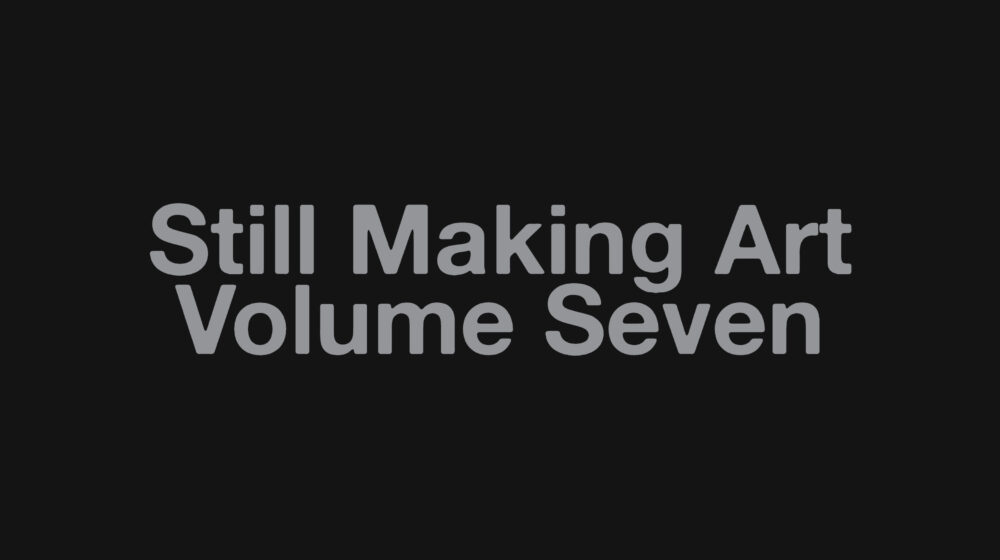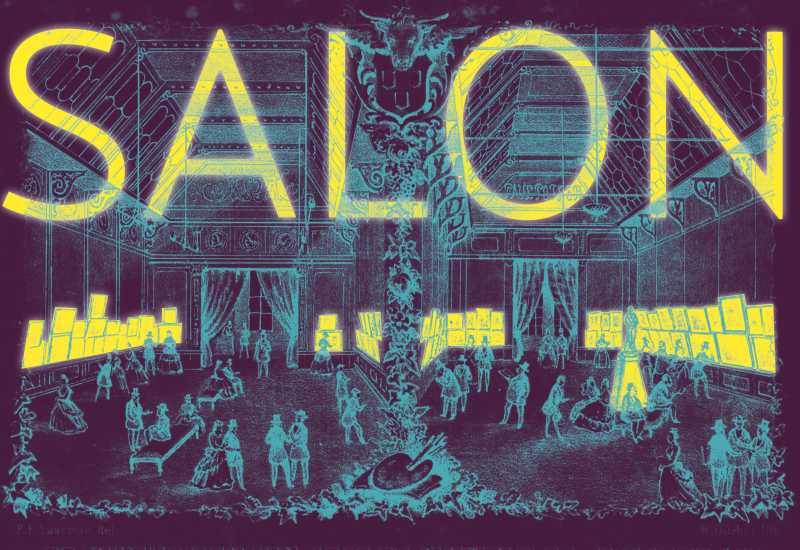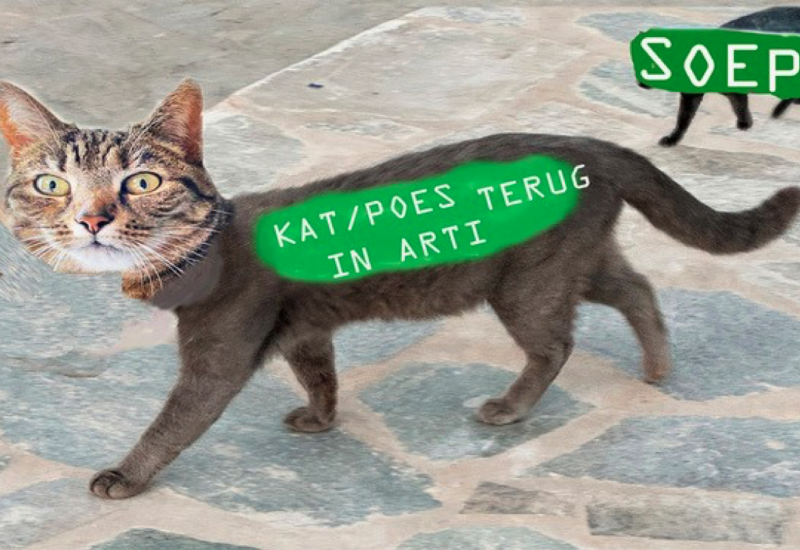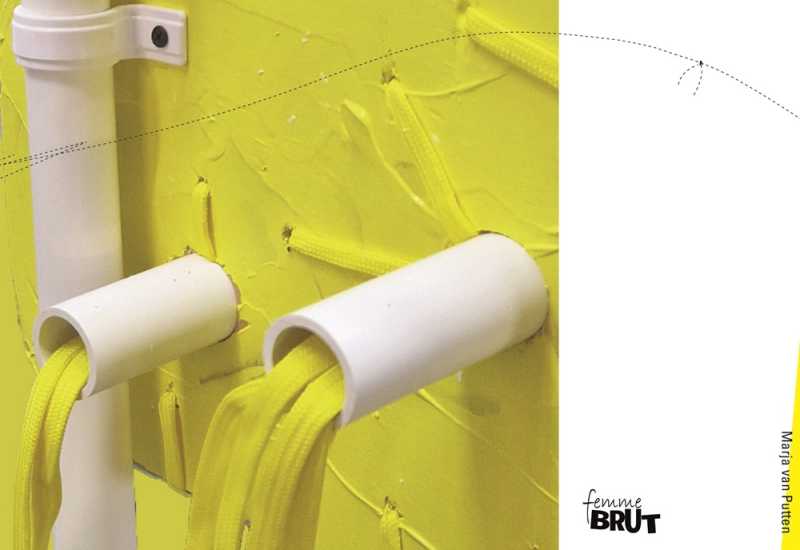Still Making Art Volume Seven
With works by:
Stephane Barbier Bouvet, Levi van Gelder, Valerian Goalec, Susan Kooi, Tom K Kemp, Monica Mays, Ceel Mogami de Haas, Chloe Ribadeau Dumas
Janne Schimmel, Jonas Morgenthaler, Tomasz Skibicki, Philip Ullman, Anne de Vries, and Sara Yukiko.
Public performance by Levi van Gelder: Saturday July 13 4 PM
Still Making Art Volume Seven
In our current era of overwhelm, all stratums of thought, culture and visual stimuli require the artist to be working overtime, rigorously attempting to make sense of emerging phenomena while offering new configurations as a means of direction through a blizzard of information.
Still Making Art Volume Seven presents a selection of artists who undertake this role, utilising everyday components and narrational threads that still hold potential value within the topography of content society is incessantly producing—a metaphysical inundation I define as the cultural deluge.
A parallel can be drawn with the Age of Discovery, an era that within the context of the Netherlands and Amsterdam boasts a deep-rooted history, arguably being the foundation to the continual technological and cultural innovation that underpins this exhibition and its venue. Even with advanced technology in ship building and navigation, this period saw cartography as largely conjectural, peppered with errors and imagined or nonexistent landmarks [1] in the urgency to map the unknown.
Similarly, in the phenomenon of the cultural deluge, there is an urgency for cartographers: contemporary thinkers who can navigate the cultural landscape, making educated guesses, and occasionally discovering their own phantom islands in the process.
In recent years the practice of creating erroneous or imaginative cartographies in diverse forms has decidedly been amplified through the metaphysical processing and understanding of culture. Culture is spawning, decaying, and interweaving at a rapid rate with the aid of immediate global and largely uncensored communication channels.
Each of the artists selected to present their works can be considered both navigators and cartographers of the contemporary cultural landscape. Whereas during the Age of Discovery, explorers and colonists would seek to create a central, master map of newly discovered territories or projections of ‘the unknown’ anchored in a sole viewpoint, here the artists and their respective practices offer diverse and decentralised methodologies for the recording of cultural phenomena. Their idiosyncratic works are emblematic of the exhibition’s curatorial slant, in turn by means of the materials employed, literal conceptual inquiries relating directly to the theme, or visual and formal affinities.
Whether using archival images, artefacts and production processes (Sara Yukiko, Monica Mays, Susan Kooi) digital methodologies including gaming, ai, 3d printing (Janne Schimmel, Philip Ullman), theoretical and conceptual research-based approaches (Tom K Kemp, Valérian Goalec), this diverse presentation of works enter into dialogue with one another and engage the viewer in a reflection upon our contemporary cultural landscape and the tools, techne, and discourses we use to interface with it.
Showcasing a medley of works composed largely of upcycled components, the exhibition suggests a critical examination of the original form and function of the works constituent parts, while as a whole proposing how these elements can be reappropriated to conceive new physical, conceptual and emotional models for a world in transition.
1. The early 2nd-century Greek geographer Ptolemy laid the groundwork for later cartographers such as Martin Waldseemüller and Gerardus Mercator, who while defining the world map also added various inaccuracies to which took centuries to be rectified. Another example of approximative cartography is that of 17th-century English cartographer John Speed, who often produced maps including mythical creatures based on biblical descriptions rather than geographical realities.



